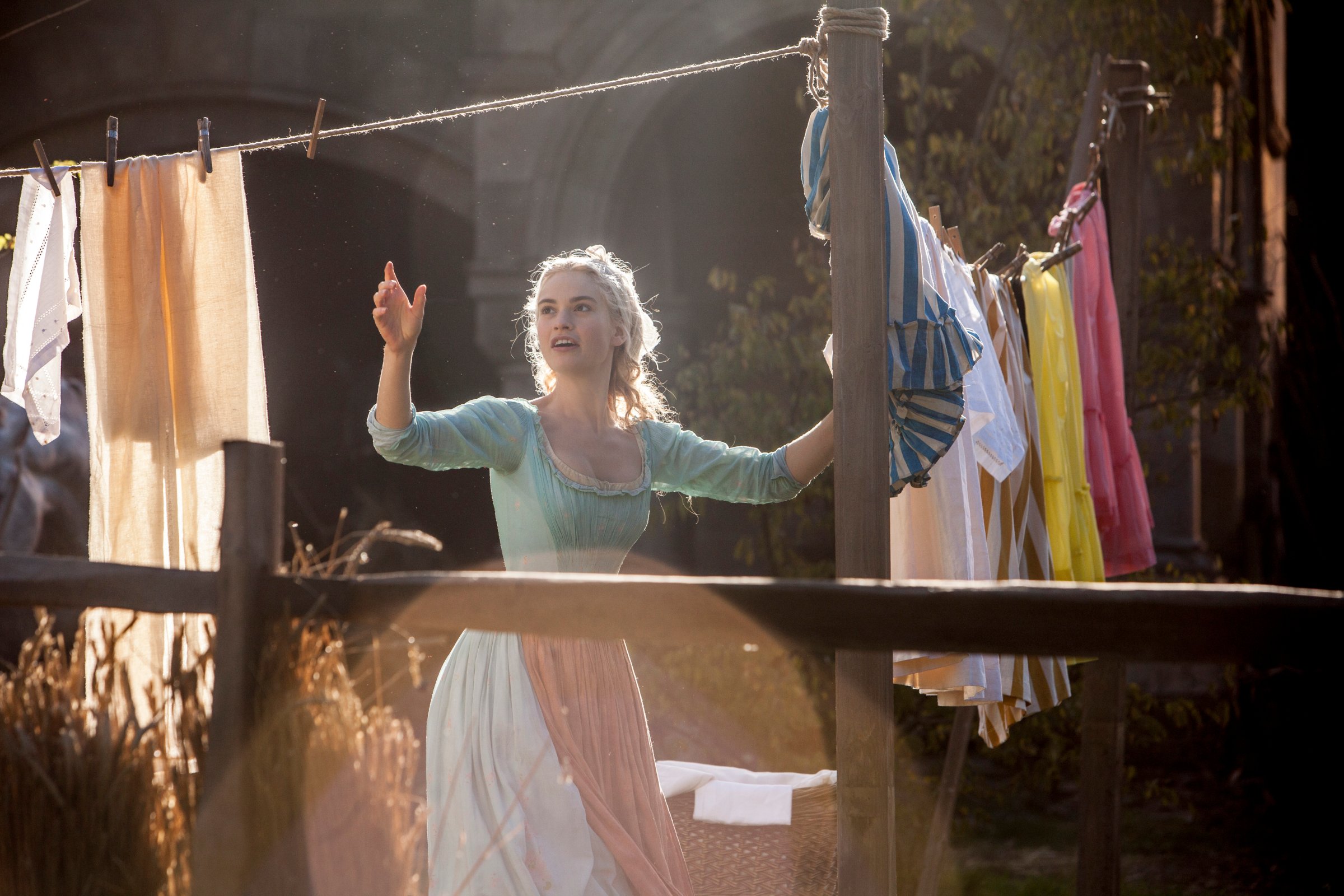
Ever since the cast was announced, I’ve been wishing hard on Disney’s new live-action adaptation of Cinderella. This was, after all, a product of the new Disney, whose last princess-based effort resulted in the girl-power juggernaut we know and love as Frozen. And now Cate Blanchett, Helena Bonham Carter and even Agent Carter’s “butt-kicking bombshell” Hayley Atwell were on board. Surely this band of power women would have signed on only to a more modern Cinderella, one that finds a way to luxuriate in the lush beauty of the tale while also giving it a much-needed jolt of female agency.
How I wish I didn’t have to deliver bad news. I was a bullied girl who grew up on Disney’s classic animated version, dreaming that a fairy godmother might also reveal me as the radiant woman I knew I could be. I fervently wanted this reboot to be big enough to marry my childhood dreams with my adult belief that women aren’t ennobled by suffering or diminished by ambition. But I guess I forgot to wish upon a star. The new Cinderella is as retro as they come.
The film certainly is lavish. Everything is more beautiful than you thought it could be, from the hyper-real fairy-tale farmhouse to the ornately gilded pumpkin coach to the massive ball scenes at the palace to (of course!) the dresses. Oh, the dresses! Every frame is lovingly, sumptuously composed, and the performances live up to their setting. Aesthetically, Cinderella is an unqualified triumph.
If only the film’s heart were as good as its heroine’s. This Cinderella shares less DNA with Frozen and more with Snow White’s Evil Queen. On the surface it’s the fairest of the fair. But underneath it’s rotten.
You can tell that someone, somewhere had good intentions. There are multiple people of color in this film, and they’re not just playing servants. Lady Tremaine, Cinderella’s stepmother, is given a backstory clearly meant to humanize her — a beloved dead husband and a real fear that she and her girls will be left to starve without a man to provide for them. But what the film suffers from is a profound failure of nerve. Sure, the people of color are there, but the only two who speak at all are tertiary characters at best. It’s 2015. Does the Prince really have to be white for the story to work? Does Cinderella?
As for Tremaine’s motivations, for a moment they gave me hope that the story would go in a Jane Austen direction, exploring the limited and sometimes desperate life choices facing women who are forced to depend on marriage for income and class status. Instead it’s just a way to demonstrate how ambitious Tremaine has become, and how that unseemly ambition is the driver of her evil treatment of our heroine, who in contrast has no ambitions and is therefore purely good. More submissive than Anastasia Steele, Cinderella responds to every insult and oppression forced on her by suffering it prettily and with a song in her heart. That’s no exaggeration: even when locked in the attic by her stepmother, literally held prisoner in her own home, she doesn’t try to escape or even yell to the king’s men just below her in the yard. Instead she just floats about dreamily and sings. If it weren’t for some preternaturally clever mice, she’d still probably still be up there.
What’s truly galling is that we know Disney can do better. In recent years it’s reimagined classic fairy tales in groundbreaking (and lucrative) outings like Brave, Maleficent and, of course, Frozen. And it’s not like it didn’t intend to update the story. Kenneth Branagh, who directed this mess, is featured in a video on Disney’s site bragging, “There’s no damsels in distress here. Cinderella’s not a pushover. She sticks up for herself.” I couldn’t possibly say what he means by that, because all the viewer sees is her parroting her mother’s dying words — “have courage and be kind” — while accepting without protest every abuse Tremaine and her daughters conceive of. Agent Carter would be very disappointed.
And Agent Carter is part of the point. Atwell’s other recent project is but one of a whole constellation of television series currently featuring complex, fully formed female leads, including Orange Is the New Black, Jane the Virgin, Empire, The Good Wife, The Mindy Project, everything Shonda Rhimes touches, and the just-released Unbreakable Kimmy Schmidt, to name just a few. One glance at a TV (or streaming) schedule is all it takes to see how infinite the possibilities can be when it comes to women onscreen.
But somehow the film-studio bosses keep losing the memo. In 2014, only 12% of top-grossing films featured women in lead roles. Only slightly more than half of all films released since 2010 have even passed the Bechdel test, a pathetically low bar requiring only that a film feature two women who talk with each other at some point about something other than a man. This erasure of women isn’t even mercenary: films that do pass the Bechdel test are repeatedly shown to produce more profit for studios than films that don’t.
And many of the films that do manage to feature a woman suffer from a profound lack of imagination about who women can be. If I wanted to go see a film from last weekend’s top 10 earners with anything resembling a female lead, I would be choosing between watching a dim-witted blond protégé, a retired British lady on an adventure, a naive virgin seduced by an abusive billionaire, a literal monster or an “ugly fat friend.” Meanwhile the male leads in those 10 films are a soldier, a scientist, a con man, a middle-aged superspy, an abusive billionaire, a sports coach, a businessman and a sentient sea sponge.
The theater in which I saw Cinderella was filled with dreamers much younger than I am. No doubt some of them, as I did when I was their age, identified powerfully with that abused young woman, just waiting for someone to see that she could be so much more than her circumstances. Too bad they’ve been let down yet again by movie execs who can’t seem to see past the end of their wands.
See Cinderella Through the Years
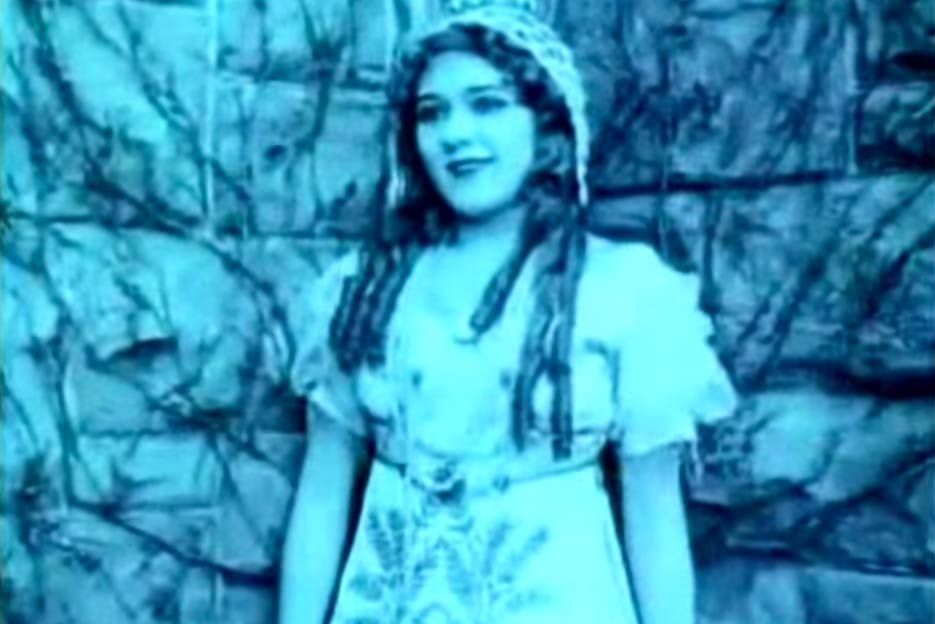
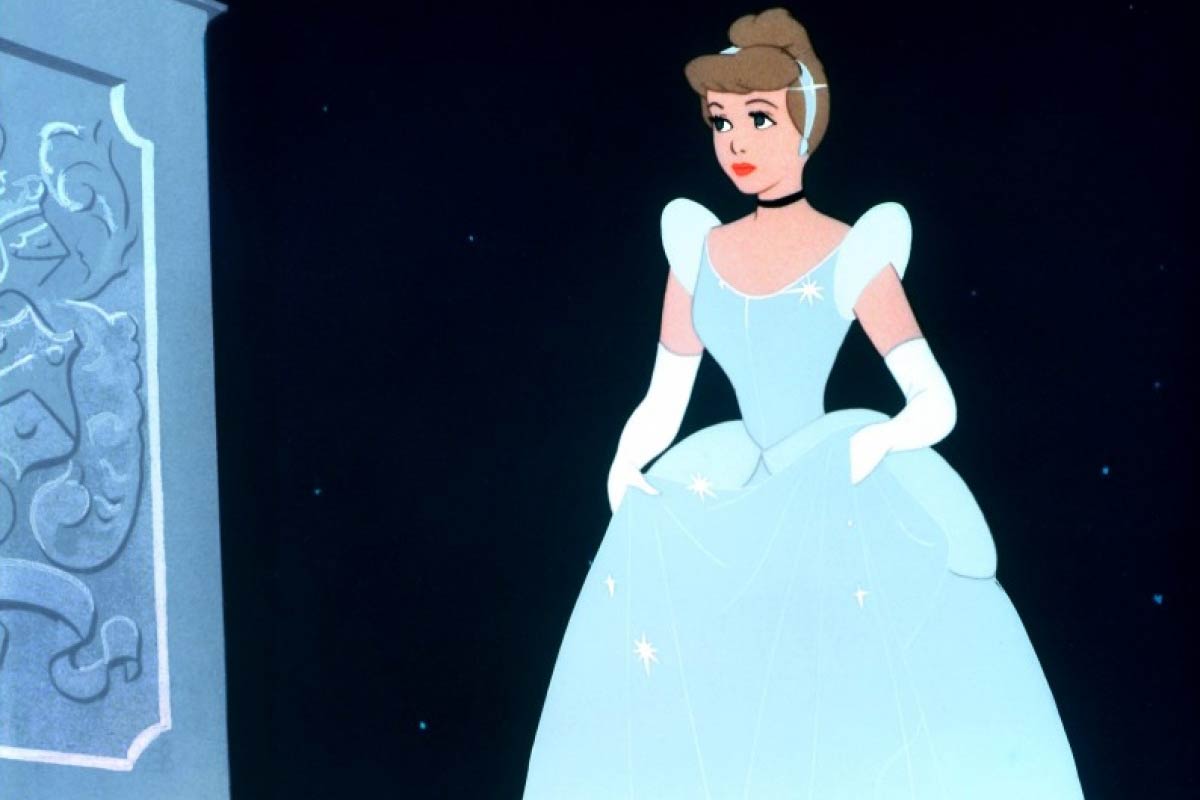
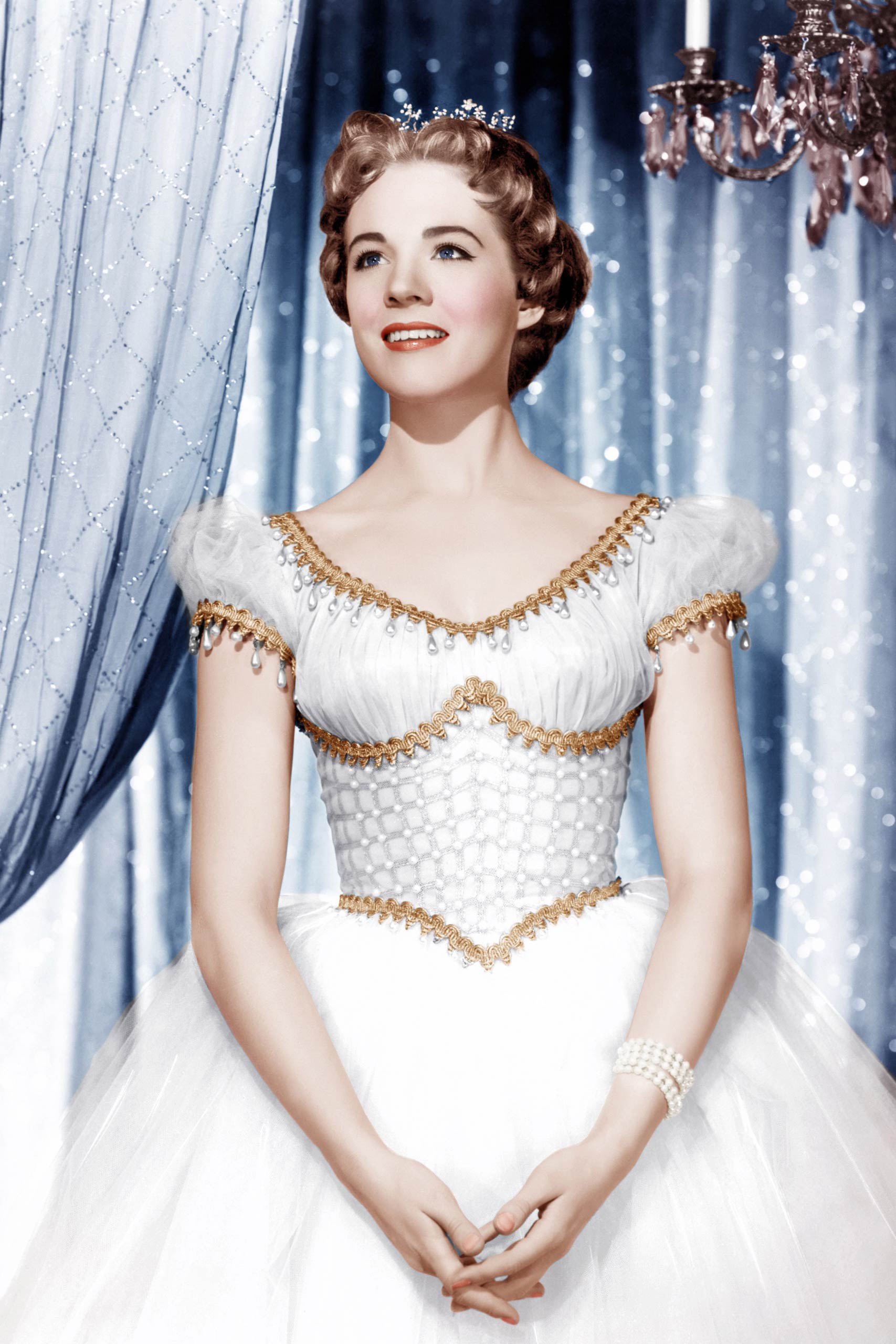
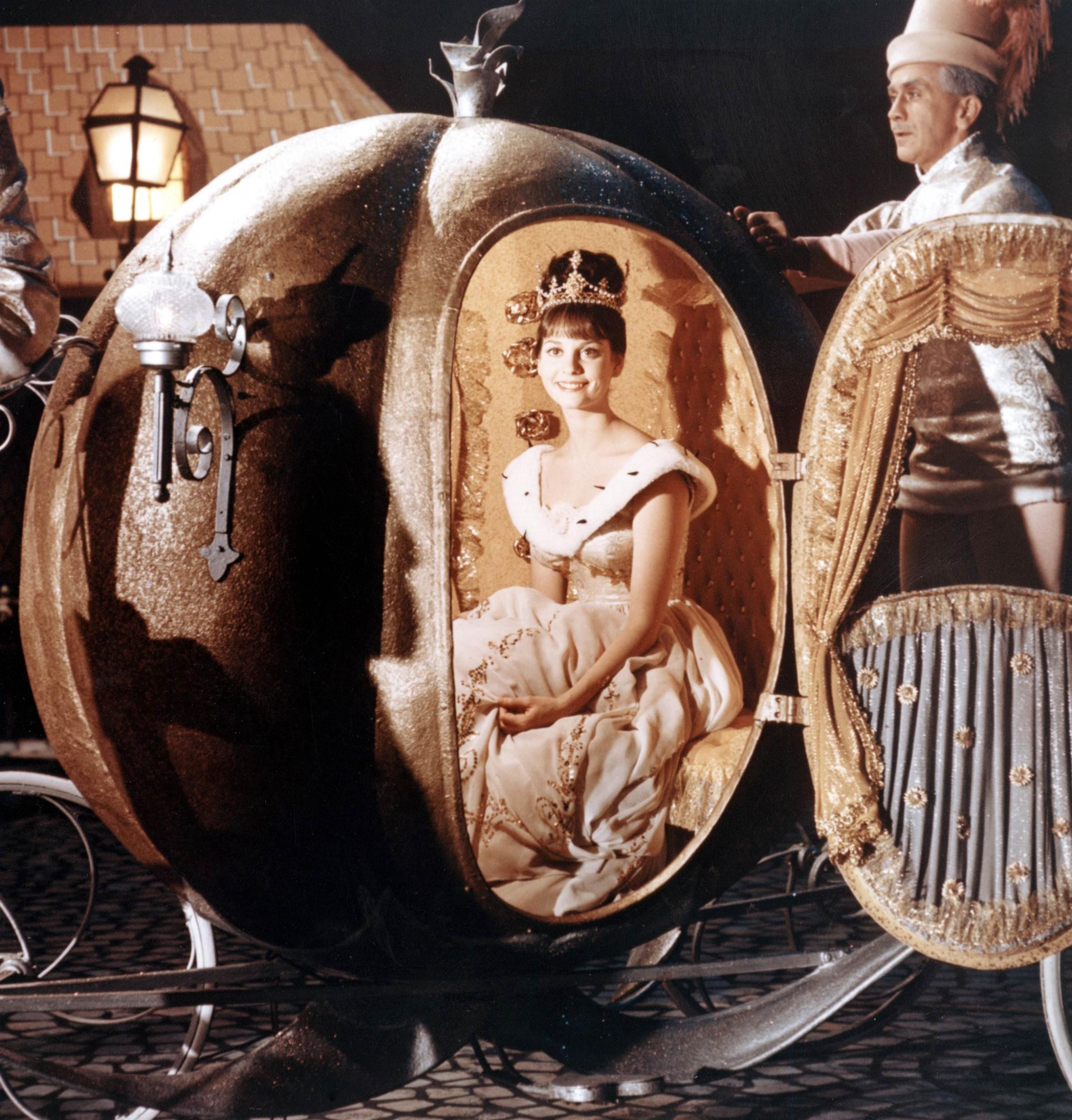


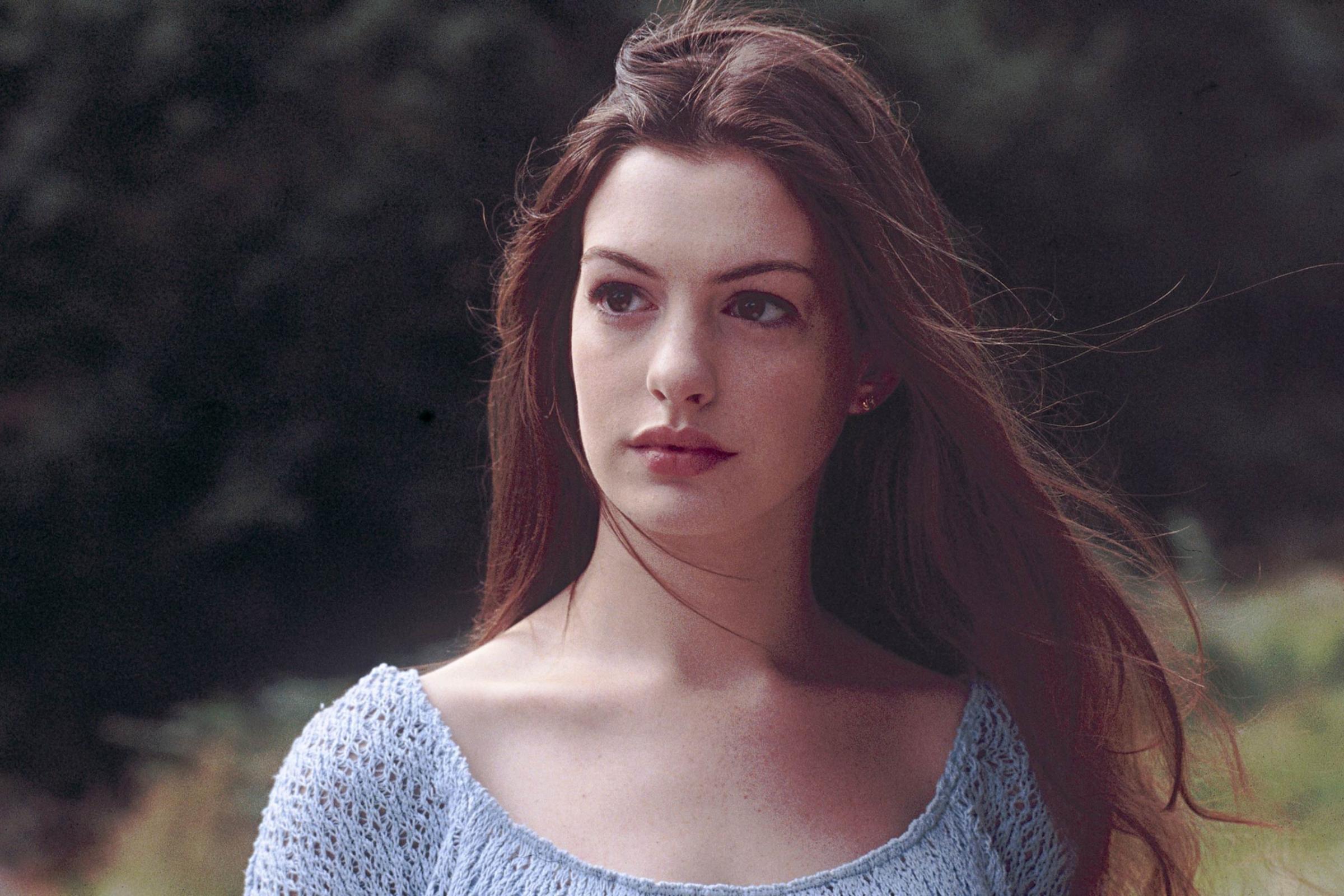

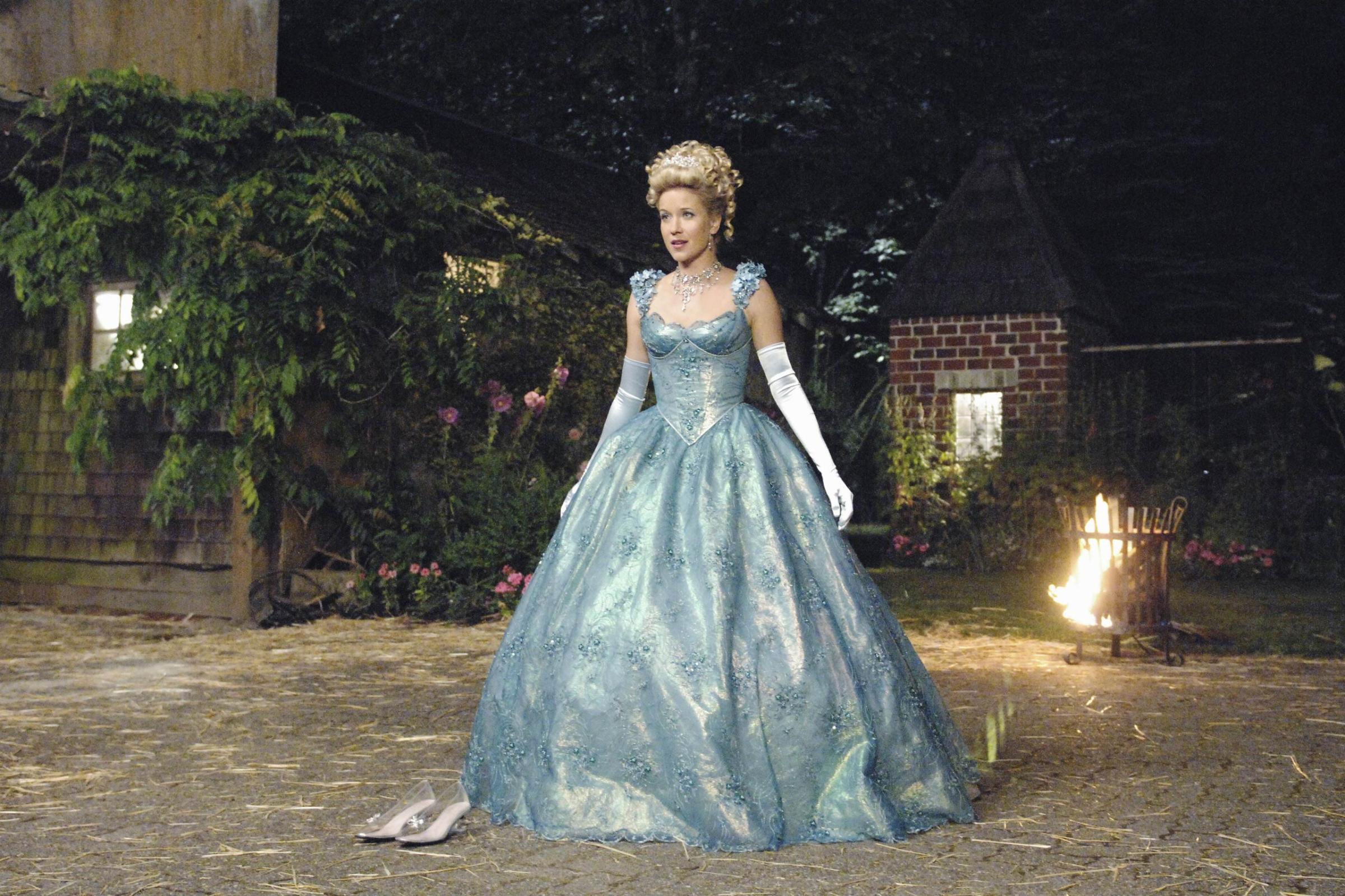
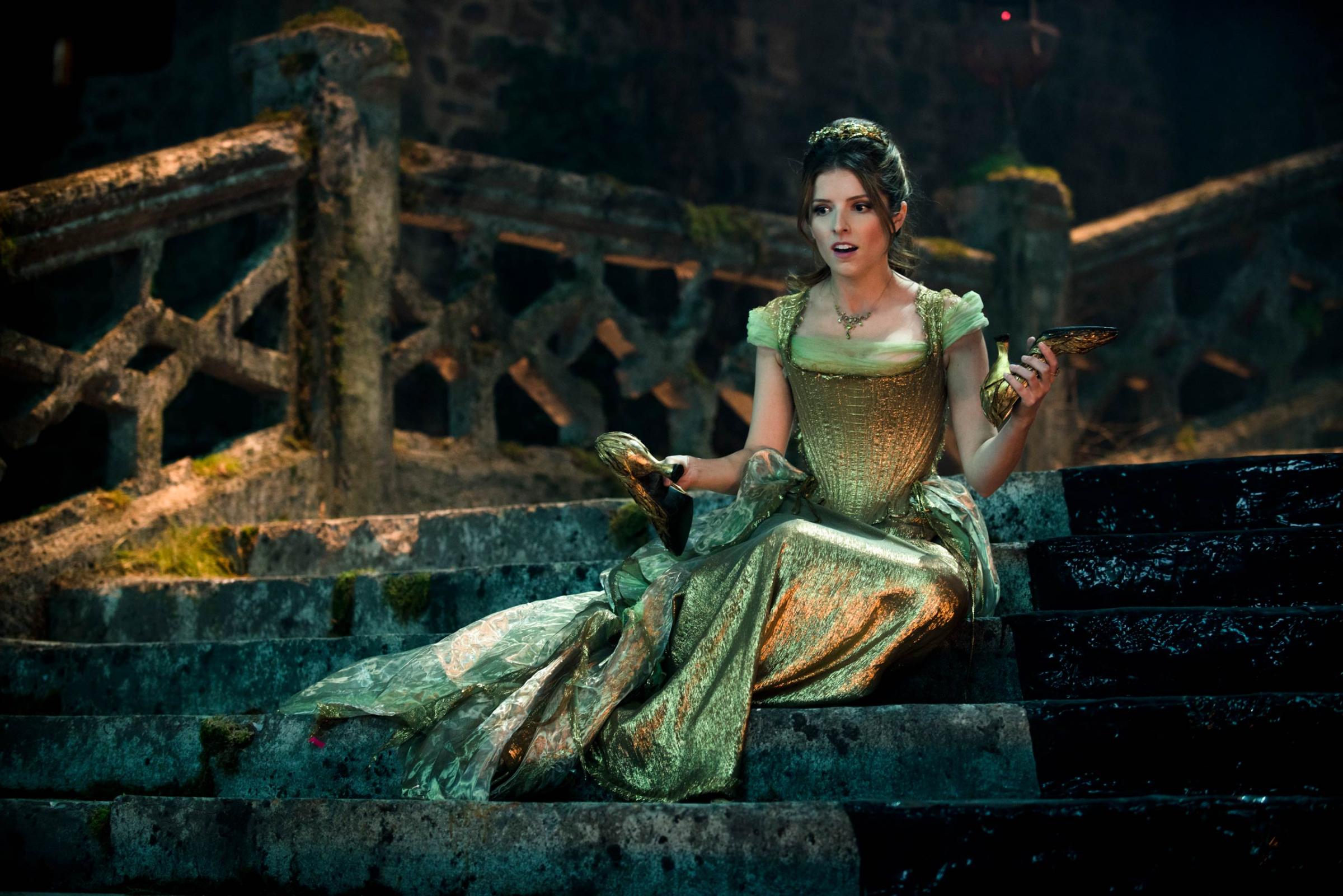
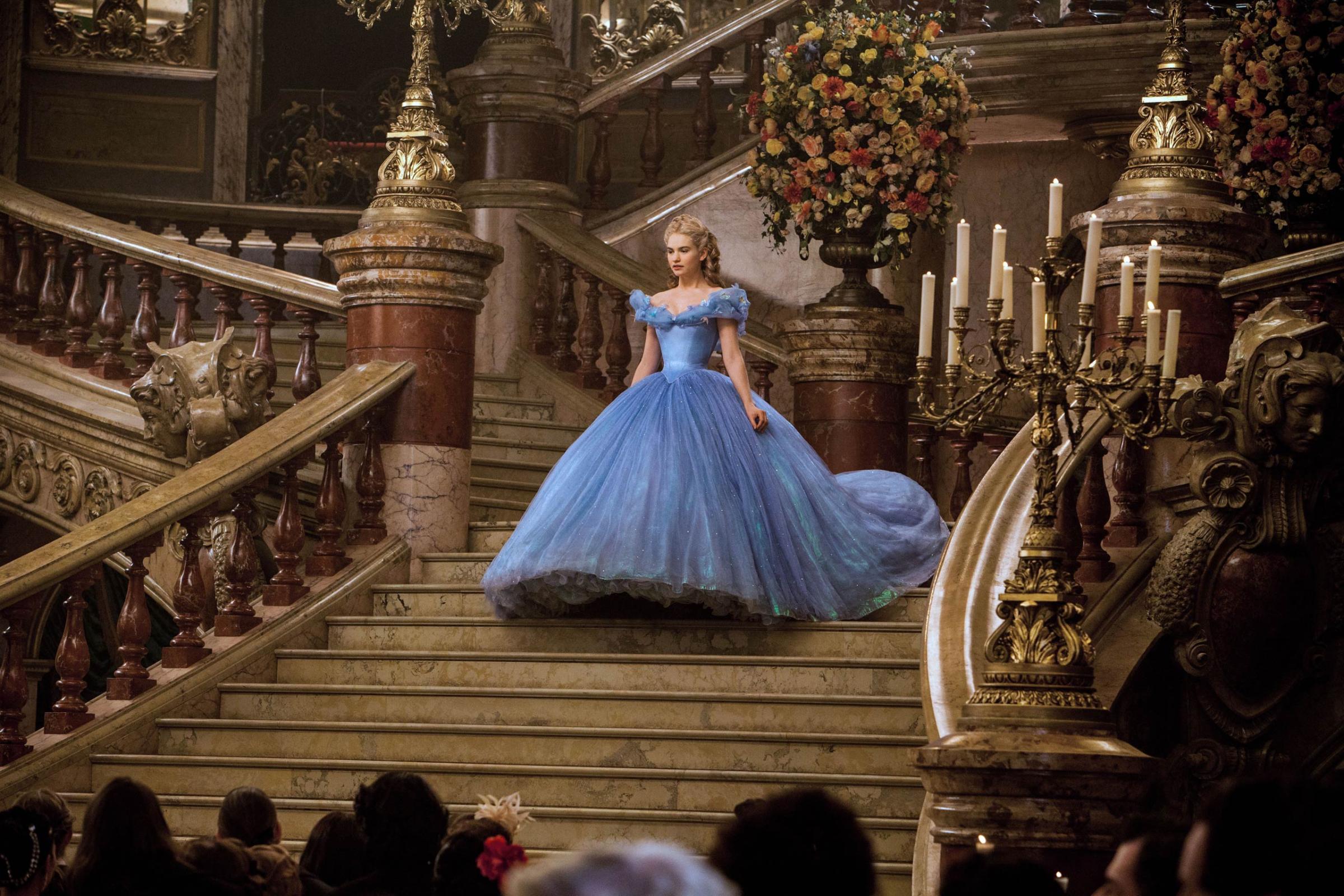
More Must-Reads From TIME
- The 100 Most Influential People of 2024
- Coco Gauff Is Playing for Herself Now
- Scenes From Pro-Palestinian Encampments Across U.S. Universities
- 6 Compliments That Land Every Time
- If You're Dating Right Now , You're Brave: Column
- The AI That Could Heal a Divided Internet
- Fallout Is a Brilliant Model for the Future of Video Game Adaptations
- Want Weekly Recs on What to Watch, Read, and More? Sign Up for Worth Your Time
Contact us at letters@time.com